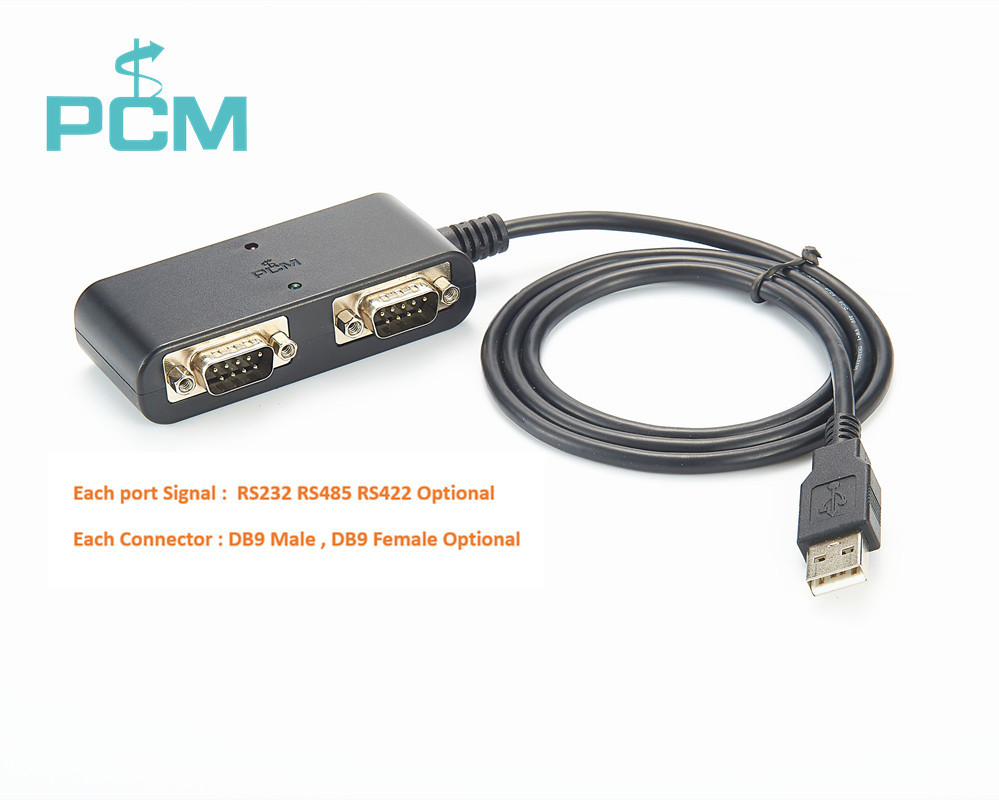 Esperanto
Esperanto
 Shqiptare
Shqiptare
 Euskara
Euskara
 Zulu
Zulu
 Latinus
Latinus
 Cymraeg
Cymraeg
 தமிழ்
தமிழ்
 Slovak
Slovak
 Slovak
Slovak
 Afrikaans
Afrikaans
News Center
USB to RS232 Hub manufacturers take you to understand the hub
Publish:
2022-07-25 11:00
Source:
USB to RS232 Hub Manufacturers tell you that the main function of the hub is to regenerate, shape and amplify the received signal to expand the transmission distance of the network, and at the same time concentrate all nodes on the node centered on it. It works on the first layer of the OSI (Open Systems Interconnection Reference Model) reference model, the "physical layer".

USB to RS232 Hub Manufacturers tell you that the hub is the same as the network card, network cable, and other transmission media, it belongs to the basic equipment in the local area network, and adopts the CSMA/CD (Carrier Sense Multiple Access Technology with Collision Detection) medium access control mechanism.
USB to RS232 Hub Manufacturers tell you that a hub is a pure hardware network bottom device and basically does not have the "smart memory" capability and "learning" capability similar to a switch. When it sends data, it is not targeted, but is sent by broadcasting. That is to say, when it wants to send data to a node, it does not directly send the data to the destination node, but sends the data packet to all nodes connected to the hub.
USB to RS232 Hub Manufacturers tell you that HUB is a multi-port repeater. When the HUB is used as the central device, a fault occurs in one line in the network, which does not affect the work of other lines. Therefore, HUB has been widely used in the local area networks. Most of the time it is used in star and tree network topologies, with RJ45 interfaces connected to each host (also BNC interfaces).
The above is the USB to RS232 Hub manufacturer's introduction and analysis of the hub, hope it helps you.
Related News
What is a terminal block used for?
While there are many factors to consider when designing an overall system, terminal blocks are an optimal solution for complex electrical system connections. With a variety of color options and configurations, Premier Cable’ terminal blocks offer a range of options to meet your design challenges.
CAN-bus has been widely used in various automation control systems. For example, CAN-bus has incomparable advantages in various fields such as automotive electronics, automatic control, smart buildings, power systems, and security monitoring.
Introduction to M12 connector pin coding
M12 encoding types are A encoding, B encoding, D encoding and X encoding. A-code, B-code and X-code are some of the earliest developed and longest-available M12 connectors. The latest M12 coding types currently under development are K coding for AC and L coding for PROFINET DC.
Cables – What are the correct cable sizes for an NMEA 2000 network?
The three different sizes of NMEA 2000 certified DeviceNet standard cabling are "micro," "mid," and "mini."
What are the advantages of NMEA 2000?
The Premier Cable Starter Kits provide everything you need to get to create a basic NMEA 2000 network from scratch.
The role of DeviceNet terminal resistor
DeviceNet_network is a fieldbus network protocol based on Controller Area Network (CAN). In the DeviceNet network, the terminal resistor plays the role of compensation and protection for signal transmission. The function of the terminal resistor is to eliminate signal reflection and interference and ensure the signal transmission quality.
